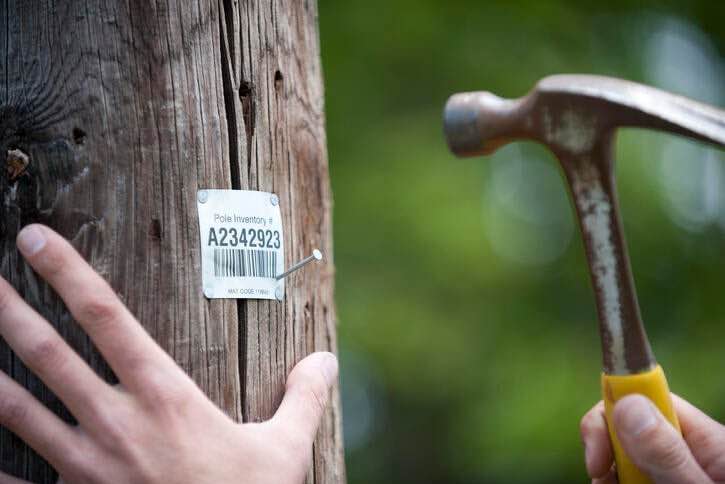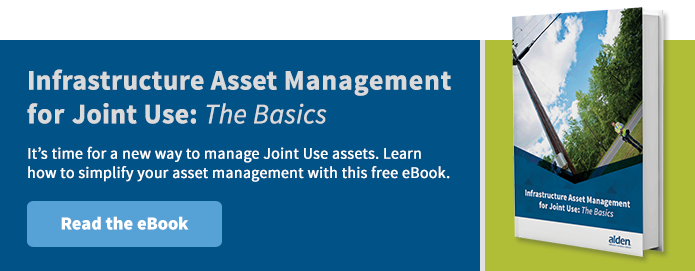Spotlight on Joint Use: The Oregon Joint Use Association
 In the Pacific Northwest, something interesting is happening in the world of joint use—collaboration, organization and connection that is finding its way across the country with happy copycat behavior state to state. At the center of it all is a unique group, the Oregon Joint Use Association or OJUA.
In the Pacific Northwest, something interesting is happening in the world of joint use—collaboration, organization and connection that is finding its way across the country with happy copycat behavior state to state. At the center of it all is a unique group, the Oregon Joint Use Association or OJUA.
The OJUA is a nonprofit organization dedicated to “assisting pole owners and users throughout Oregon.” Their mission is to “Become a resource that builds trust, cooperation and organization between support structure (pole) owners, users and government entities that will result in a safe efficient use of the Right of Way and a self-sustaining nonprofit association.” They look toward a future in which they’re a “fully self-sustaining association that educates, establishes partnerships and is the source of information and communication regarding the joint use industry.”[1] They focus on publicity and education for joint use issues, standards development, legislative and regulatory review and even help resolve conflicts within the utility industry. They are also based in Oregon, but we’ve found that their influence—and especially their good ideas—can stretch much further than within their home state’s boundaries.
For those who deal with joint use issues on a regular basis, this group is simply one to watch—and perhaps emulate. In the interest of our education and inspiration, we have compiled a list of the organization’s more interesting tidbits and greatest hits here for your reference. Visit OJUA.org to learn more.
The OJUA Pole Tagging Program
This program, spearheaded by the OJUA, seeks to survey, collect and then publish pole tagging efforts by individual companies across Oregon. Their purpose: to help pole owners and attachers who may rarely communicate gain access to database of tagging practices so different companies can have an easier time interpreting the tags of others. The organization is using their web and community presence to gather information like “Do you tag all of your poles? (And if not, why?)”, “What do your tags look like,” and “What is the logic system used for your tags?”
Why is this important?
Widely, the tagging of equipment is a disparate effort—everyone does it somewhat differently, and identifying ownership of one piece of equipment or another, as well as making contact with equipment owners when necessary is made more difficult by the lack of consistency. To their credit, OJUA has also created their own best practices and standards published on their website, and have even negotiated a “reduced rate for tagging supplies” for Oregon companies.
We don’t have an OJUA. What can we do?
Conduct regular field inventories to take the pulse of your plants and catalog and identify all attacher equipment—and encourage others to do the same. Quality outsourcing partners can help, with joint use audits and inspections conducted by highly experienced field technicians and a focus on not just pole conditions and positions, but on quantifying and capturing information about attachments and other equipment.
The Oregon Utility Mapping Project
In 2008, the organization began undertaking a statewide utility mapping project, creating set of downloadable provider maps that OJUA is now in the process of updating.
Why is this important?
Most places, records of pole ownership and placement are left to individual pole owners to record and track. In many cases, this means creating a paper map or electronic spreadsheet. We believe a single, easily referenced, location to support structure owners is the best place to store that information so that your joint use management program is even more effective.
We don’t have an OJUA. What can we do?
Get your own joint use management system, and have all the relevant information for your poles and attachers at your fingertips. A robust system that stores pole details, allows users to view important contacts, manage billable items and access partner information, all in one centralized location online, for enhanced communication and streamlined joint use management.
[1] http://www.ojua.org

Comments